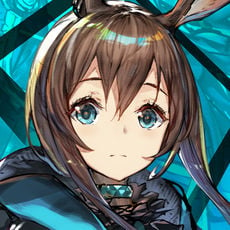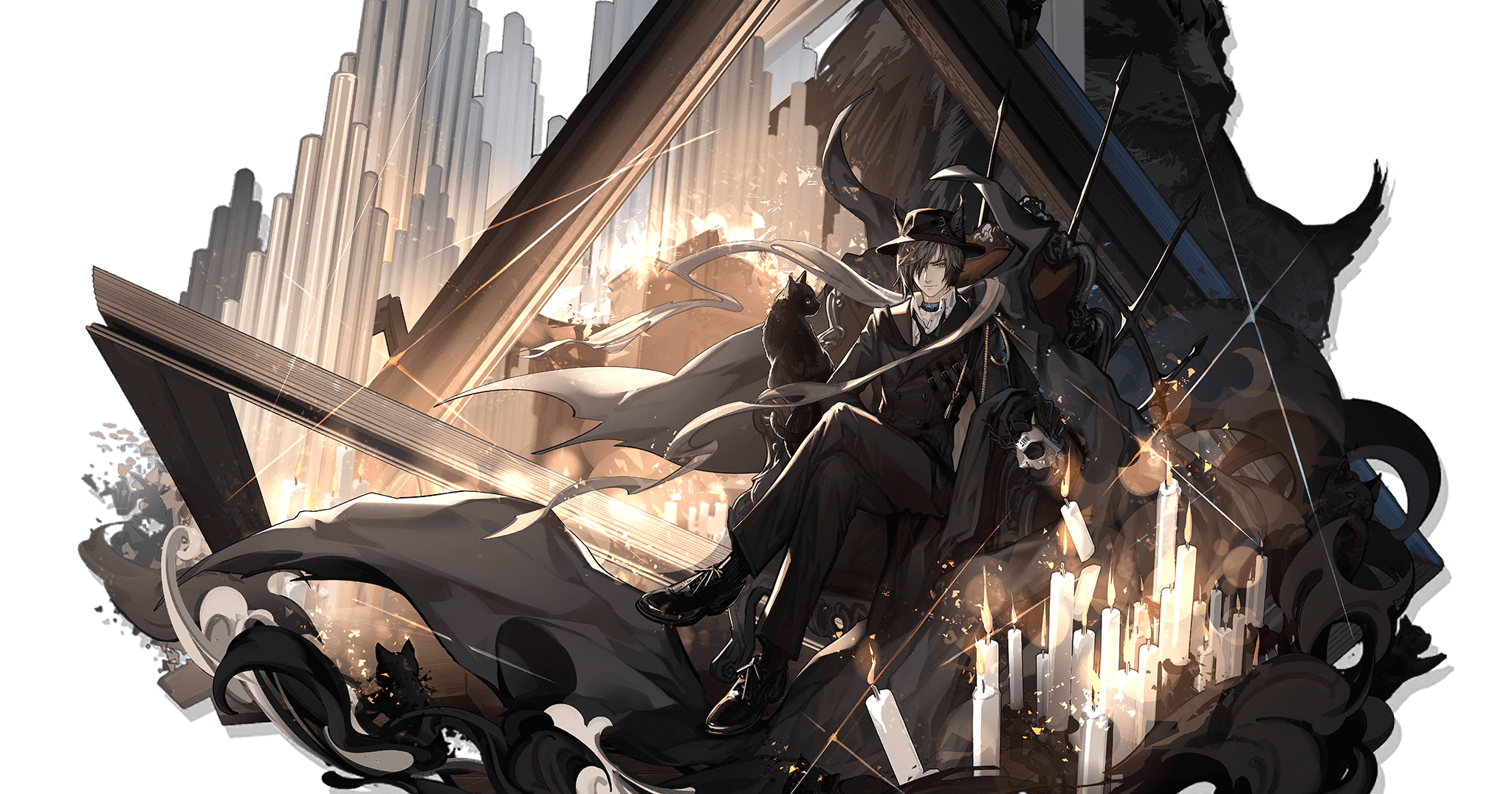Introduction
Many thanks to this Weibo analysis that inspired me to write the initial analysis prior to Phantom's CN release. This article includes more things from after Phantom's CN release. Please read Phantom's Archives before proceeding.
Translation here will mostly be the official one but I will also include my own translation as I think the official one lacks the references to the source.
There are many obvious Phantom of the Opera references in the new 6* operator, Phantom. Besides knowing the source, the elements of his design are meaningful. Just like the musical, let’s sing and lift up the curtain to this prelude!
Despite its title, The Phantom of the Opera is actually a musical adapted from a book. The hit by Andrew Lloyd Weber is based on Gaston Leroux’s book. The interesting music, romantic story, and good choreography makes history in the musical world. It also has a movie adaptation, so I highly encourage you to check it out. Later, I will be linking to the songs from the movie as Phantom makes many references.
The protagonist’s name is Phantom. With his passion and evil charisma, he has captivated many musical fans across the world. Our new operator Phantom, is based on these factors.
Phantom specialises in theatre. This is the same as Phantom of the Opera. He is a genius in the performing arts. Phantom was born in Victoria, which is real life Britain. Although the setting was in France, the musical was written by Andrew Lloyd Weber, who is British.
Mask

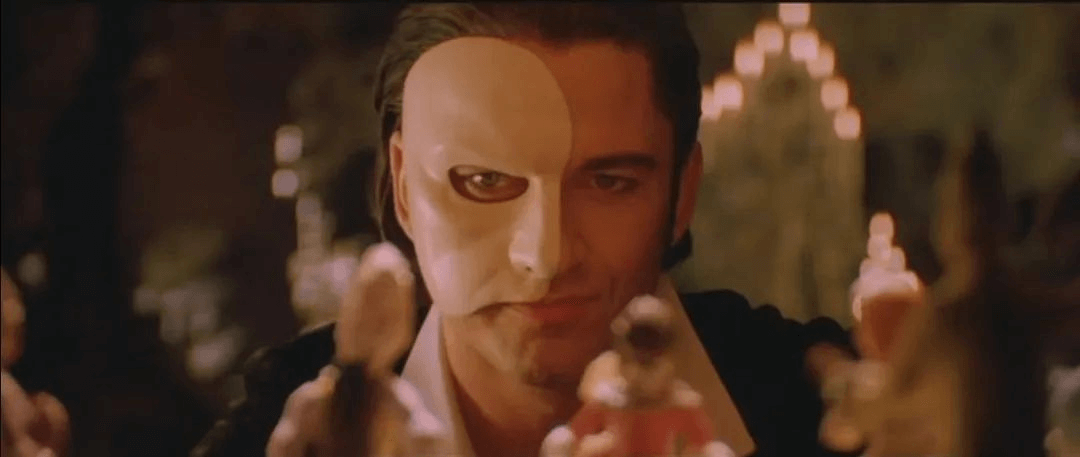
Firstly, we notice his mask: white colour, left side has cat ear, right side has black lines. Why is his mask white? Because the half mask is the symbol of the original Phantom.
In Phantom of the Opera, half of Phantom's face looks normal, but the other half is deformed from birth. The left face is normal and matches the cat ear, showing Phantom's species of 'Feline'. The right side is deformed, seen as black lines on the mask.
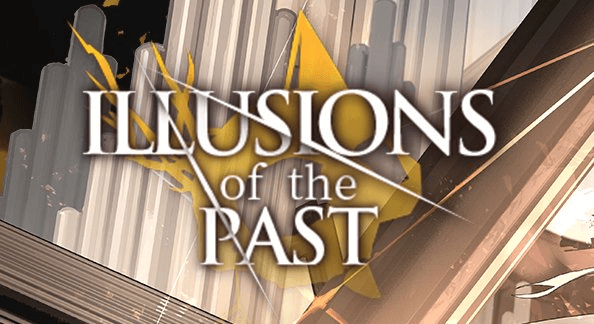
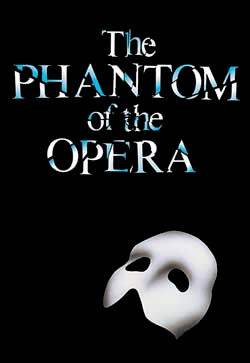
On the headhunting banner, mask, font, and shattering effects pays homage to the Phantom of the Opera poster.
His Archives also have references to his mask:
Promotion Record: Have you truly decided to unmask that man and place your trust in him?
Talk 2: Under this mask, even I do not recognize myself.
Talk After Trust Increase 1: This device embedded above my throat compresses my neck, but it is exactly what I need. Like a mask, it conceals my sins and my voice. You’d like to hear my real voice? No, you can’t. It’s not something you should have to bear...
(In the musical, the mask conceals Phantom's disfigured face. The mask hides the ugly things.)
Mirror
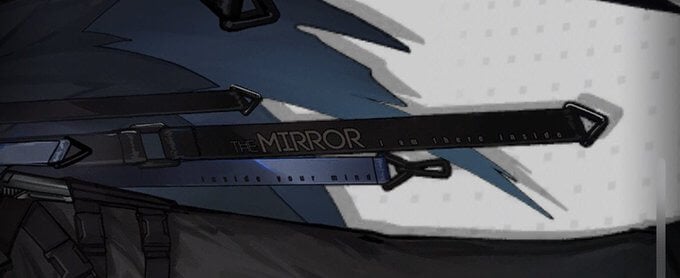
If you rotate Phantom's official art and zoom in, these words are seen on the straps.
THE MIRROR
I am there
inside inside your mind
The Mirror is the title of a song in Phantom of the Opera and 'I am there inside, inside your mind' are lyrics inside the titular The Phantom of the Opera.
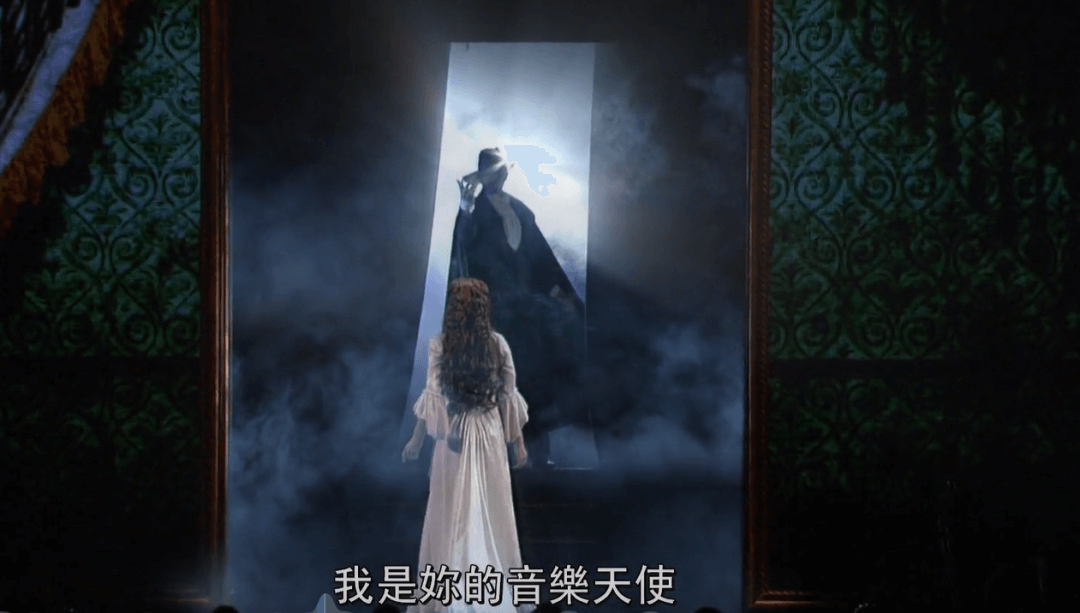
In Phantom of the Opera, Phantom first appears in a mirror, saying: 'I am your angel of music, come to me angel of music.' as he uses his voice to captivate Christine. Afterwards, he appears through the mechanism of the mirror, holds her hand, and walks into a passageway behind the mirror, then into his lair. Therefore, the mirror is a plot device and holds great significance.
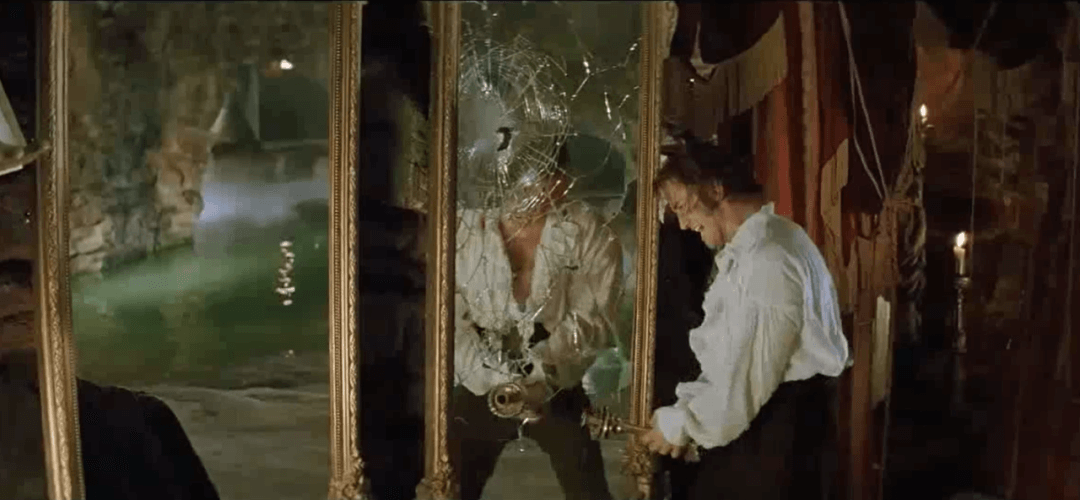
At the end, Phantom breaks the mirror with his bare hands.
Phantom's talent is called Phantom in the Mirror where he can summon a clone. In fanwork, Mirror is used to name this clone.
Phantom's voiced lines also make references to mirror which are not reflected in the official translation.
Official translation:
In Battle 1: Do you see your own face within the mirror?
My translation:
In Battle 1: Have you looked at your face in the mirror?
'Look at your face in the mirror' is exact lyrics that are inside The Mirror
Another one:
Assigned to Facility: Hm? Behind this mirror, it seems as if...
Organ
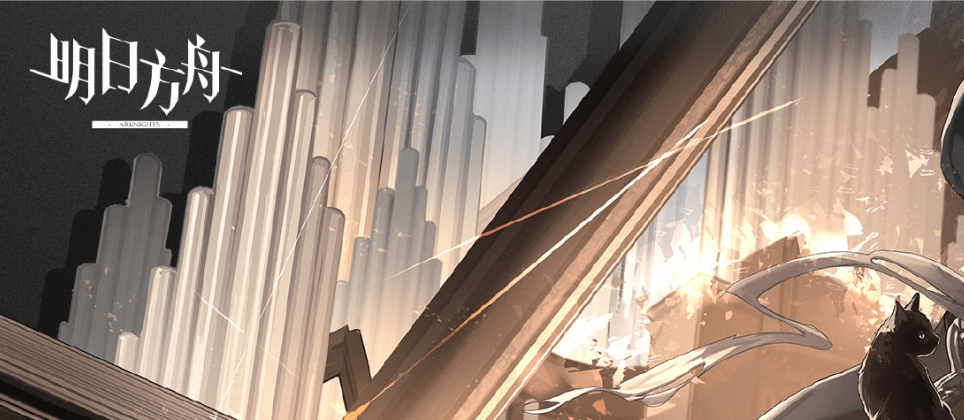

The organ is the soul of the underground lair. After bringing Christine to the underground lair, he sings The Music of the Night in front of his organ. In the musical, the organ provides the melody for his songs.
Throne
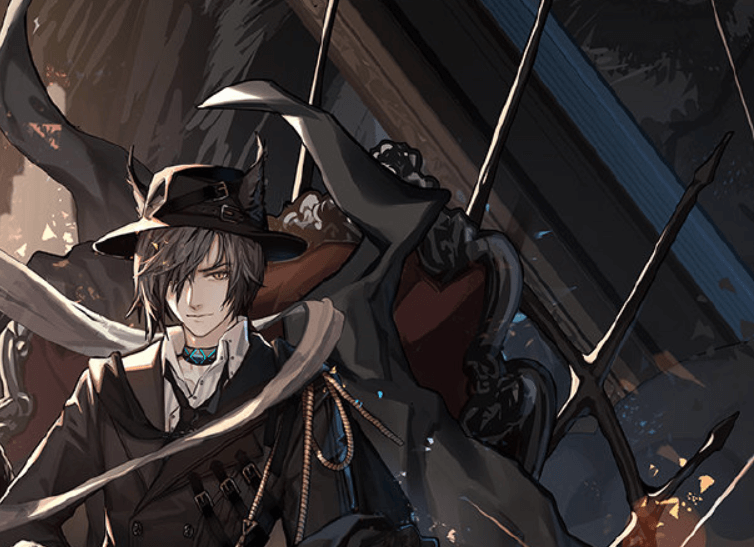

Behind Phantom, there seems to be a throne. At the end of 25th anniversary of Phantom of the Opera performance, Phantom sits on the throne, covers himself with a black cloth and disappears, leaving a huge impression.
Candles
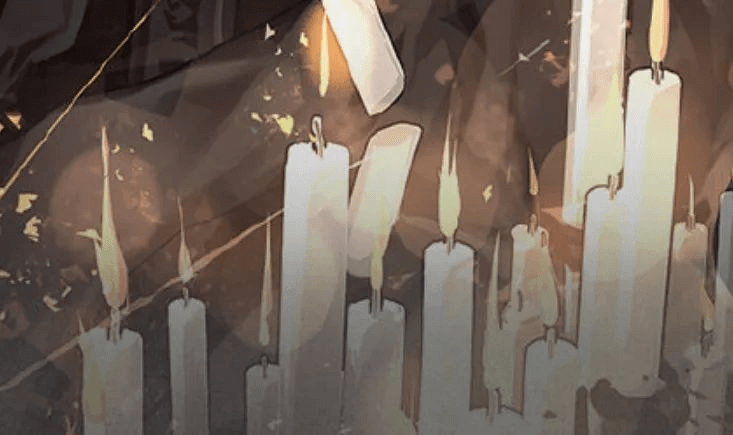

In the lower right corner of Phantom's Elite 2 illustration, there are many white candles. In Phantom of the Opera, these are what illuminates Phantom's lair. These white candles create a mysterious feeling, such as this setting.
Lot 666
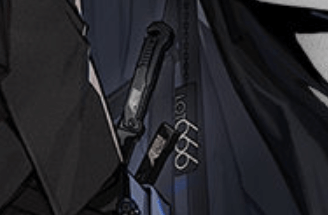

When we observe Phantom's clothes, we can see LOT666. This is the lot number of the auctioned shattered chandelier, which was recovered years later. This chandelier is the prelude to the story in the musical.
Besides this, 666 is known in the Western world as a bad omen. 7 is a perfect number, but 6 is not. 666 is also known as the devil's number, meaning misfortune and bad luck. Similarly, this goes for the black cat too.
Miss Christine and her two tails: possible nekomta reference?
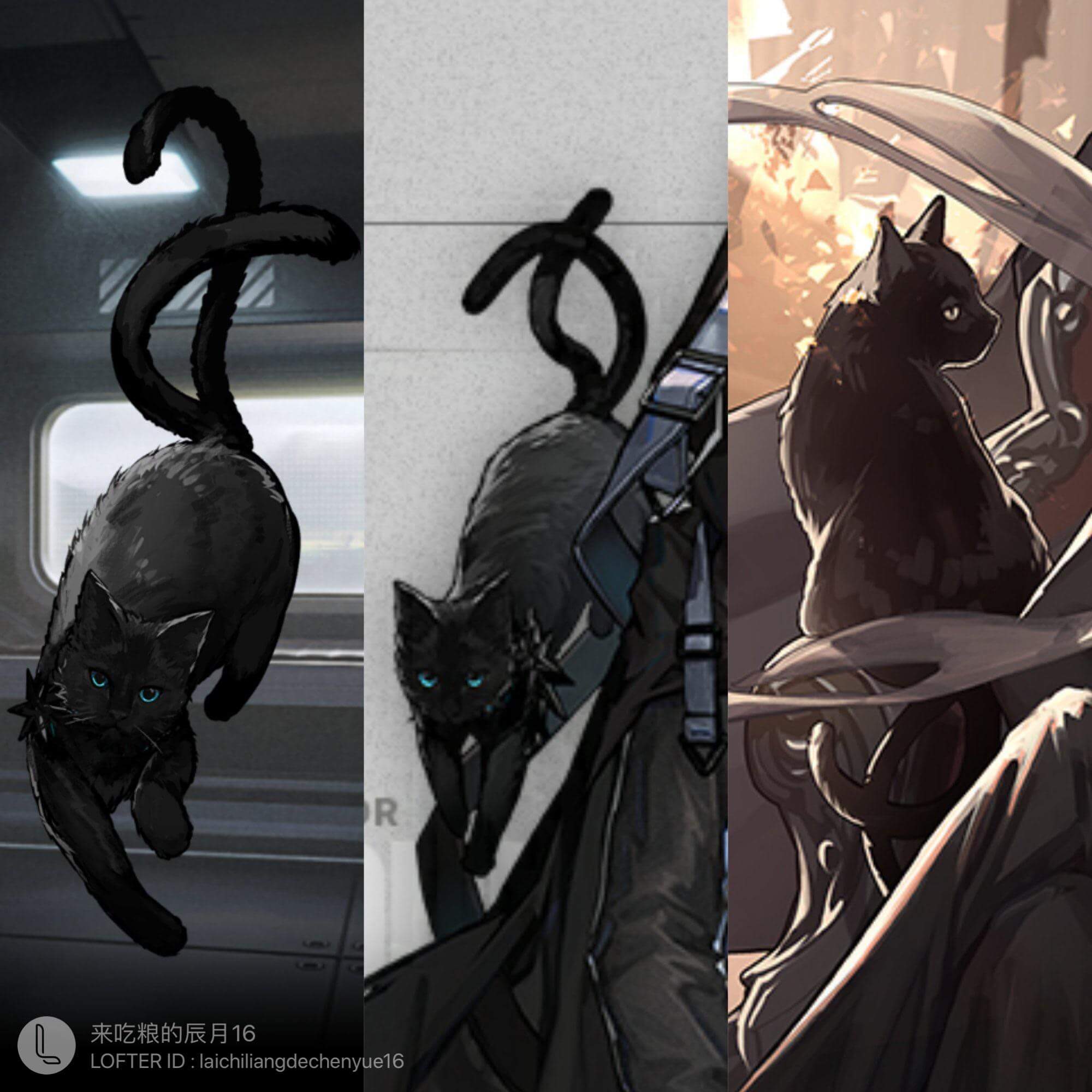
Can't forget the absolute unit of a lady, Miss Christine. Obviously her name is a reference to Christine, the other protagonist of the Phantom of the Opera. I will keep it to this for now. There's a lot more to talk about Christine references, but I leave it to future analysis of the Phantom story in Rewinding Breeze event.
Also, note that Miss Christine has two tails. This would resemble a nekomata, which is a youkai from Japanese mythology. There might be not much related to Phantom as he's more of a Western reference, but there are some similar themes in the nekomata mythology. In both Eastern and Western culture, cats are a sign of bad luck, and Phantom does bring with him death and misfortune.
And then there is a famous picture of a nekomata dressed as a geisha playing a shamisen. Shamisen are used to be made of cat skin so the nekomata sings a sad song. Sometimes, geisha and nekomata are considered related due to both of them being called 'neko'.
Phantom was an actor and a singer who was once in a troupe. So this kind of association exists. Some more, Miss Christine is mysterious. Phantom does not know she appeared or where she goes. She might be such a creature.
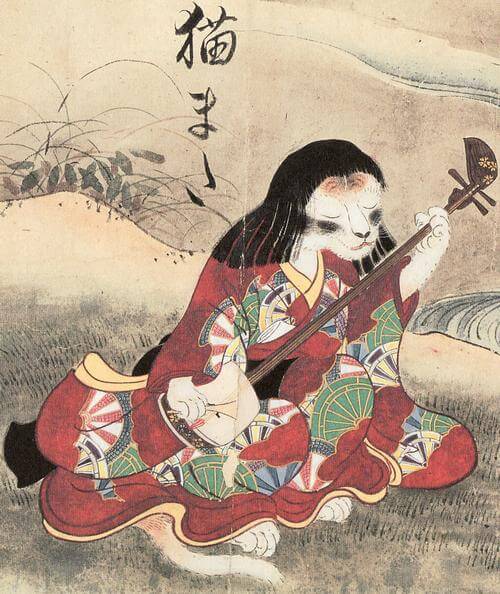
Curtain Call EP
For every 6* operator since Bagpipe, they get their own EPs. Phantom gets his own and there are even more Phantom of the Opera references.
EP introduction
The curtain of the musical drops, the traveler returns to a faraway place.
Ominous whispers in the unending silence. The murmurs in the candlelight never ends. This is the music of the night.
Curtain Call, setting off from the darkness once again.
Shh… That’s our strange duet.
'This is the music of the night.' and 'That’s our strange duet' are references to the lyrics in Music of the Night and The Phantom of the Opera
Here are some points in the EP illustration that I will point out:
1. Chandelier: the tragedy which starts and ends everything
In Phantom of the Opera, the chandelier crashing is a significant and dramatic scene. The theatre is ruined and it is a disaster.
In the EP, there is a crash in a discord around the middle, which symbolises the crash. For Phantom's story, this will be the incident where he accidentally destroyed the theatre with his effects of his voice due to Oripathy.
The location of the chandelier is in middle of the Phantoms, showing that it is the turning point where Phantom's life had changed.
2. Stone angel: souls of the dead
In Phantom of the Opera, there is a graveyard scene in Wishing You Were Somehow Here Again where there are many stone angels there.
It's about grieving the dead, which applies to Phantom who grieves over those he killed during the theatre incident.
3. 2 Phantoms: dark vs light, present vs past
At the beginning, there is only E1 Phantom in the darkness, looking towards the light. In the middle, E2 Phantom appears in the light. At the end, he disappears, leaving only E1 Phantom alone to look at the light.
E2 Phantom is confirmed to be past Phantom before the incident happened. He was in the light then. After the incident, Phantom falls into the darkness. The past is gone, yet he still thinks of it and holds on. And when Doctor promotes Phantom, his past potential which was lost, may return as he becomes loyal to Doctor.
Bonus: Gothic fiction, Edgar Allan Poe and The Black Cat
Thanks to Twitter user ___0xaca for the Gothic horror writeup!
The Phantom of the Opera (the musical) is actually based on the novel by French writer Gaston Leroux. Notefully, the musical did follow most of the gothic literature novel itself. Gothic horror is a genre that is supposed to romanticize (glorify) certain themes of horror, especially death. By romanticizing, the writer emphasizes the emotions evoked in horror and the pleasurable sense of fear as well. In a sense, if you follow The Phantom of the Opera well enough, the gothic horror of the story itself is the Phantom. By default, all genres of writing do have a few rules of what is considered as their genre. The rules within gothic horror are very straight-forward but one mistake or addition to such detail will not make it ‘gothic horror’ anymore. There’s a lot so I’ll bring the main points.
- 1. There is always a ‘supernatural’ being in the works of the events.
- 2. The action is more important than the motive of the characters in such stories (this will make sense if you read the Tell-Tale Heart by Edgar Allan Poe)
- 3. There is always one sequence for a story, never more never less.
- 4. The two types of heroes within gothic horror: “the seeker who undertakes a quest for the forbidden” and “the victim that was either kidnapped or driven out”. Both can co-exist but one must come first before the other.
- 5. There are two worlds within the narrative, the human world/reality and the world with the supernatural (or rather the unknown). Both must exist for a story.
- 6. We are not able to grasp the world of the unknown. This is the MAIN part of what makes gothic horror terrifying. The world of the unknown must be part of the reality the setting is in. The unknown part must be a natural occurrence in the real world yet it isn’t. There is always a liminal space between the two dimensions.
- 7. There is a liminal stage where the characters can interact, never a sidetrack from the main story. The passage is often distorted as well.
- 8. The story plot must begin with the action that opens the Other World (the unknown world).
- 9. The hero must be flawed, if not, the story wouldn’t be as attractive.
- 10. The narrator of the story must be unreliable, in terms of their state of mind.
- 11. There is always a supernatural sublime within the narrative, it must imprison those who know of it. Captivating at most.
- 12. There is always a journey of transformation within the narrative.
The word ‘gothic’ from gothic horror isn’t actually anything related to the horror but rather the gothic architecture that was popular during that era of romanticism hence most of the stories are set in ‘gothic’ eras (aka the buildings were made from gothic architecture.) If you notice Phantom's art (E2 and Halloween costume), the architecture almost fits with the theme of ‘gothic.
Edgar Allan Poe is a writer who shares the same birthday of 19 January with Phantom. He writes horror and gothic works which gives similar feel to Phantom.
Poe used to be an actor before he enlisted in the military. Similar to Phantom being a theatre actor before becoming an assassin. One of his famous works is The Black Cat. There are two cats, which might be referenced to Miss Christine's two tails. Both Phantom and Poe have descended into insanity too.
A summary of The Black Cat:
The story begins with the narrator, whose name we do not know of, telling us a story about why he dreads his life is in danger. As the story progresses with his narrative, he mentions his pet cat. A black cat called Pluto and how the narrator loved Pluto to bits. Calling Pluto a beauty as well (MISS CHRISTINE DO YOU SEE THIS.) The narrator’s wife had a sense of superstition where black cats were akin to witches and curses, however the narrator did not care about such ideas. Pluto and the narrator were companions, the cat will follow the narrator everywhere they go even if the narrator doesn’t want the cat to go with them. This relationship lasted for a long while as well. However, the narrator fell mentally ill. They began to maltreat his wife and his other pets except for Pluto.
Pluto and the narrator grow old together as well as the whole situation, however the narrator one day decided to injure Pluto heavily with his pen. Causing Pluto to lose an eye. Of course, the narrator felt guilt, knowing the cat loved him so much. Due to that psychological damage and guilt he felt, the narrator becomes more insane, out of touch. He eventually kills the cat by hanging it and abusing it even more. The reason why he killed it was because: the cat loved him so much, the cat would forgive him for doing this. However, he began seeing things, supernatural things. That this phantasm of a cat is haunting him, he grows worried and scared.
Eventually a new cat comes, almost resembling Pluto at most! Except there was a white pattern with this cat. When the narrator asked the landlord about the cat. The landlord didn’t know where the cat came from and how it appeared (note: the landlord never knew of its existence as well.)As the narrative progresses, the narrator soon begins to dislike the cat that he bought. He abused the cat by doing the exact action he did to Pluto. The narrator began fearing the cat and wanted to kill it, like he did to Pluto. He blames the cat for arising this motive within him due to the fact the white pattern/mark on the fur nearly resembled the way the narrator killed Pluto. That the cat was a sign of terror just because the cat loved him so much just like Pluto. Then the narrator tries to kill the cat again except his wife managed to stop the narrator. But instead the narrator kills his wife in order to get his weapon back. He begins to hide the murder scene by various actions. He hid the corpse within the house’s walls and such.
From that incident, the cat never returned and the narrator was free from ‘torment’. However the police came to check on the narrator. Just like the Tell-Tale Heart, the narrator begins to let the police in and starts telling his deed of what he did to his wife but vaguely. The police saw the body/corpse of the narrator’s wife and the narrator hallucinates Pluto in all of its glory. Another interpretation could be that the sound that the police heard before breaking the walls was the cat that went missing as well.
Analysis:
The Black Cat by Edgar Allan Poe is a story about psychological guilt, which the piece is often paired with another famous short story by Poe: Tell-Tale Heart. The whole story was because the narrator had the deed of killing his cat just because he knows that the cat loved him so much. First from the title, it already gives a sense of foreboding. Black cats are often associated with bad luck, misfortune and have a ‘relation’ with witches. Note that the moment the narrator killed Pluto, he began going more insane and delusional. The narrator makes certain references that he was ‘sick’ with lines such as: “But my disease grew upon me - for what disease is like Alcohol!” and the only way to cure such a disease was to kill his own cat even his maltreating his wife and other pets wasn’t enough. Strangely enough the narrator is also telling this story before the end of his life as well since he was dreading that death will come to him.
To be truthful to the story, the narrator was actually mentally unstable from the first place but drunk with alcoholism, he became something more hideous. The cat that soon appears after Pluto never even existed, this here shows that the cat never really ‘existed’ and was the main liminal subject that allowed the world of the unknown and the human world to connect. As well the white mark that the cat had resembled the markings when the narrator killed Pluto aka the neck of the cat.
The cat suddenly disappears for 4 days after the narrator kills his wife. In which, the police show up after the 4 days when the narrator hid the body of his dead wife into the walls of his home. He then hallucinates Pluto hanging on the wall, as if that was a sign of foreboding that the narrator was in trouble for sure. Plus not to mention that the cat that went missing for 4 days… suddenly appeared with the corpse of the narrator’s wife within the walls. Around that time, witches and superstitions were huge, hence the big inspiration for Poe’s story.
Miss Christine is much likely to be a reference to this whole story, a cat that follows whenever it wants and stays truthful to her friend. Even with the ‘neck’ idea, Miss Christine possesses originium crystals on her neck just like the ‘supernatural’ cat that happens to have the same marking as how Pluto was executed. Both Phantom and Miss Christine have their original crystals on the neck just like the cat that the narrator soon adopts after he killed Pluto. In a sense, this is a far fetched reference as well. The narrator does go through psychological guilt and a state where he could not differentiate his sanity from his violent mood swings. Just like Phantom who does experience these circumstances within his state.
The narrator killed his cat because he knew the cat loved him, Phantom loved music yet it was the thing that kills others. Miss Christine also happens to possess similarities with Pluto and the other cat specially with the color of the fur and the fact that all three of them had something happening to their necks. Phantom mentions in his voiced lines how he does not know of Miss Christine’s origins.
Gothic horror often explores the relationship between two worlds, in which, Phantom as a character is the bridge of the liminal spaces provided. That said Pluto the cat, the name is an allusion to the Roman God of the underworld. In a sense, Pluto is the bridge of the liminal boundaries. This could be said the same thing as for Phantom who is haunted by spirits or Miss Christine since she is quite a supernatural being herself already. The bridge that connects to the underworld was the cat that drove the narrator to madness, Phantom has a similar connection to that as well.
Phantom is often portrayed as unreliable within his archives even if he says: this is the truth. That said, it’s a common feature within the time of gothic horror where there was an uprising that the narrator of the story has to be unreliable. Mentally or any kind of way that shows they aren’t ‘normal’. A lot of his voice lines contradict his kind of character. This is why often people would see him as someone who is dangerous to be with.
Conclusion and a sneak peek to future Phantom content
That's all for the Phantom analysis for now. As a huge Phantom of the Opera fan, I am very excited that my very first fully translated operator (after Sesa's summary) is arriving at global servers and I hope everyone will appreciate him!
EDIT: caravanier has provided further references to the Gaspard de la Nuit mentioned in Phantom's On Board line and The Cats of Ulthar by HP Lovecraft in the comments below. It's worth a good read!
I would also like to thank Skade for the brilliant illustrations. Her art is always amazing. Another example is a Istina's Bibliosmia costume which has lots to analyse.
In the future, do look forward to analyses of Phantom's upcoming Halloween costume and a story that focuses on him in the future Rewinding Breeze event. I already have these Chinese analyses from Lofter and permission to translate them. Just a matter of getting through those words before the event arrives on global servers.
If you enjoyed the read, you can find more of my lore articles in our Lore Library!

